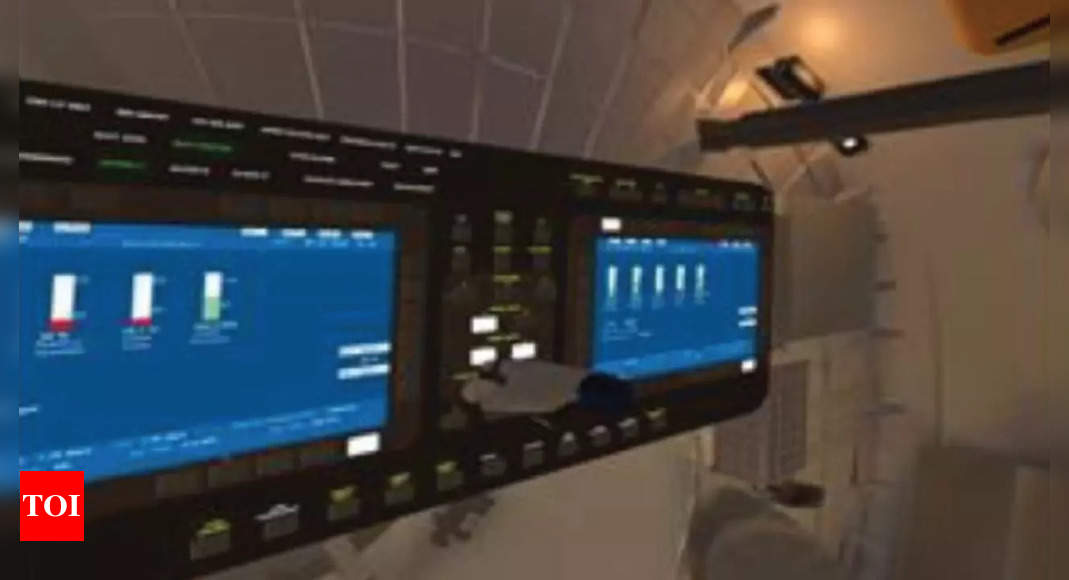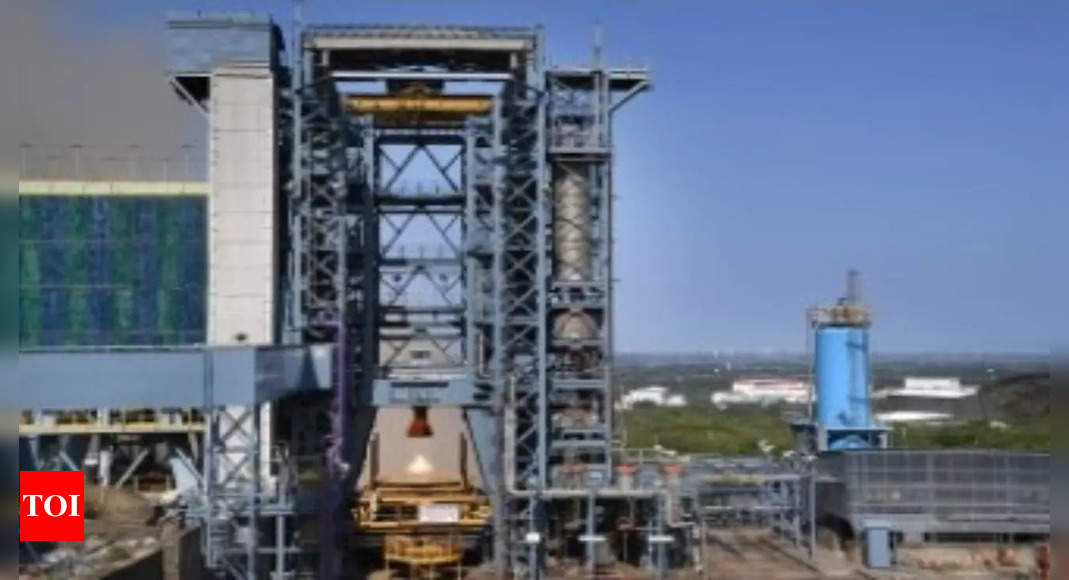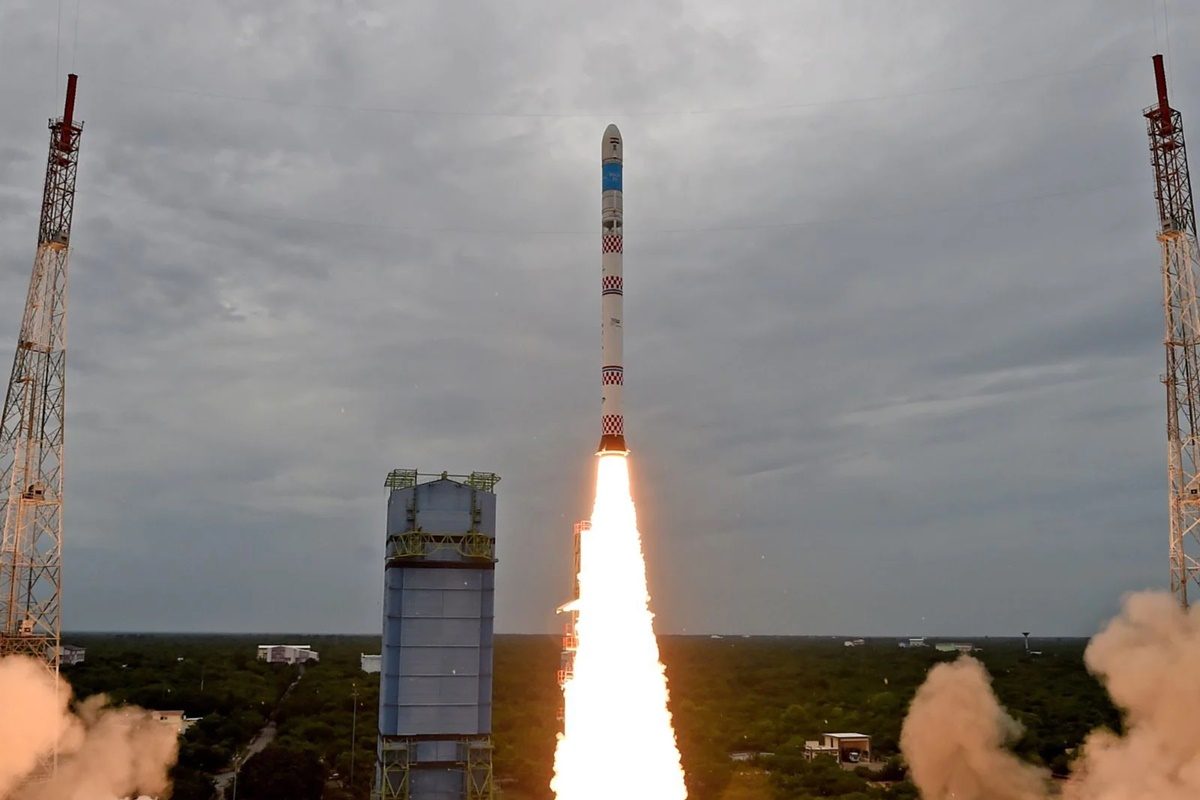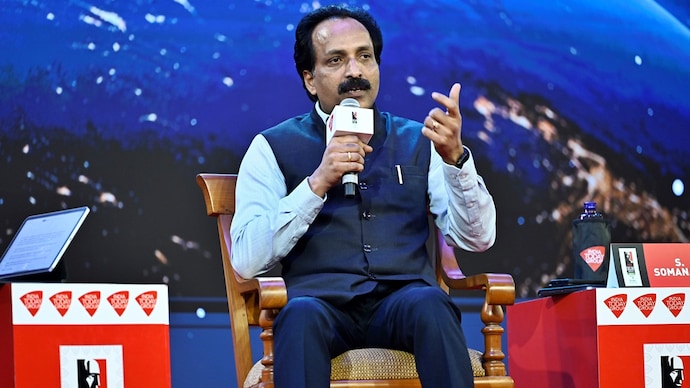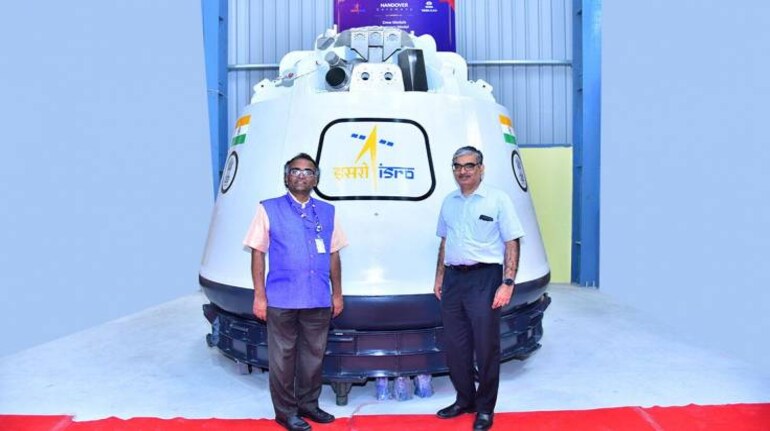India News: BENGALURU: Isro, which has completed the first semester training of the four astronaut-elects in Bengaluru, is in the process of realising (procuring .

timesofindia.indiatimes.com
Gaganyaan: Two key simulators for astronaut training being readied, two in place
CHETHAN KUMAR / TNN /
BENGALURU: Isro, which has completed the first semester training of the four astronaut-elects in Bengaluru, is in the process of realising (procuring and installing) two key simulators, while two are already in place at the
Astronaut Training Facility (ATF) in Bengaluru.
Isro has identified identified
Independent Training Simulator (ITS), Virtual Reality Training Simulator (VRTS), Dynamic training Simulator (DTS), and Static Mock-up Simulator (SMS) to prepare the Gaganyaan Crew for handling all the nominal and off-nominal scenarios of mission situations.
Of these, the SMS, which provides a close to realistic ambiance and acquaintance with the crew module, including the distance and approach estimation of the crew control buttons and displays systems and DTS which provides the signature of motion sensations expected to be felt by the crew during the actual flight are in the process of being realised.
“In SMS, the available space for any crew activity will be the same as that of an actual crew module.
It requires the crew module mockup with every component like avionics, ECLSS (environment control and life support system), CPCS (cabin pressure control system), etc in the habitable area placed in exact congruence to that of the flight crew module for the near-real experience of the crew on the ground,” Isro said.
DTS, on the other hand will train crew-trainees for audio and dynamics experience such as jerk, vibration, acceleration, body rates and shock during various phases of the mission such as stage separation, parachute deployment, touchdown and CES (crew escape system) trigger events. As reported by TOI earlier, Isro has floated a tender for procuring DTS.
Among the simulators already in place, the ITS is a tabletop simulator primarily aimed at familiarisation of the crew with the crew control interface, both electrical and mechanical. It necessitates a similar user interface as that of the crew module, such as a display system, pages, alerts, and control buttons. It incorporates procedural training for various crew activities.
According to Isro the four components of the ITS — simulation environment and hardware interface system, simulation system, mission control console, and trainer console — have been realised and crew familiarisation sessions were conducted.
“...
The first version of the VRTS is developed and deployed. In Gaganyaan, using VR simulators, astronauts were familiarised with the interiors of the crew module, front-end electronics hardware, display monitors and the location of different elements inside the crew module. The simulator is realised using a VR headset with software programmed in it and a hand controller to locate the devices inside the crew module,” Isro said.
It added that astronauts have virtually interacted with the switches and control panels inside the Crew Module and read the real-time data on the displays.

